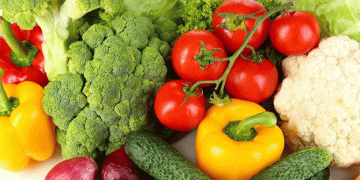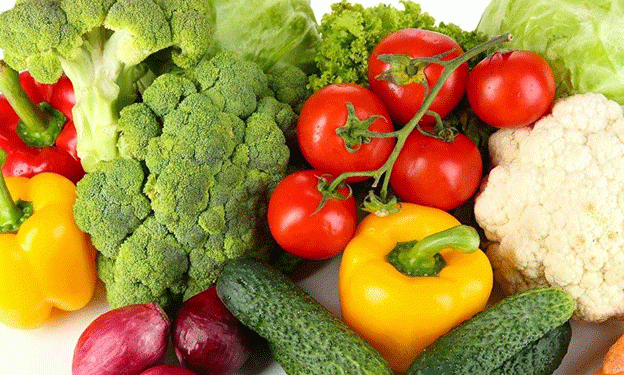As winter sets in, the vegetable market heats up, and turnips become a hot commodity. With new agricultural technologies and practices, farmers are discovering that cultivating certain vegetables can lead to substantial profits. Specifically, turnips, along with other high-demand crops like tomatoes, coriander, and spinach, can enable farmers to earn over ₹1,000 daily. By employing scientific methods in farming, such as those recommended by agricultural experts, farmers can optimize their yields and significantly increase their income.
The Profit Potential of Turnip Farming
According to agricultural scientists, October is the ideal month to plant turnips for maximum profitability. Manmohan Seju, a local farmer in Shivkar village, near Barmer, has seen first-hand the benefits of adopting modern farming techniques for turnip cultivation. He emphasizes that with proper care and scientific guidance, farmers can reap significant rewards.
Turnips, especially the improved varieties like Pusa Reshmi, Pusa Himani, and Japanese White, not only have a quick turnaround time but also a high yield. Pusa Reshmi, for example, grows roots that are 30 to 35 centimeters long and matures in about 55 to 60 days, making it an attractive crop for farmers looking to generate income quickly.
Best Practices for Cultivating Turnips
To achieve the best results, farmers should consider the following best practices for turnip cultivation:
- Soil Preparation: Turnips prefer well-drained, loamy soil rich in organic matter. Farmers should plow the field and add compost or well-rotted manure to improve soil fertility.
- Seed Selection: Choosing the right variety is crucial. Improved varieties such as White Icicle, Rapid Red, and Pusa Jamuni are recommended for their rapid growth and high yields.
- Sowing Techniques: Seeds should be sown in rows, with a spacing of about 15 to 20 cm apart, at a depth of 1 to 2 cm. This spacing ensures adequate room for growth and airflow.
- Irrigation: Turnips require consistent moisture, especially during germination. Drip irrigation is highly effective, conserving water and promoting healthy growth.
- Crop Maintenance: Regular weeding and monitoring for pests are essential. Farmers should also apply fertilizers based on soil tests to ensure nutrient availability throughout the growing period.
- Harvesting: Turnips are ready for harvest when the roots are firm and of desirable size, typically around 55 to 60 days after sowing. Proper harvesting techniques help maintain quality and reduce damage.
Economic Benefits and Market Demand
The demand for turnips in the market is particularly strong during the winter months, as they are often used in salads and various dishes. The health benefits of turnips, including their high vitamin C and fiber content, add to their appeal among consumers. According to market analysis, turnip prices can reach ₹1,500 per quintal, translating to a significant return on investment for farmers.
With a potential yield of 315 to 350 quintals per hectare, farmers who cultivate turnips can see profits soar, making it a smart choice for those looking to capitalize on the winter vegetable market.
The cultivation of turnips presents a fantastic opportunity for farmers in regions like Barmer, especially with the right approach to farming and market strategies. By adopting scientific techniques and focusing on high-demand varieties, farmers can transform their livelihoods and potentially become millionaires in just a couple of months. As the winter season approaches, it’s time for farmers to take advantage of this golden opportunity.


































